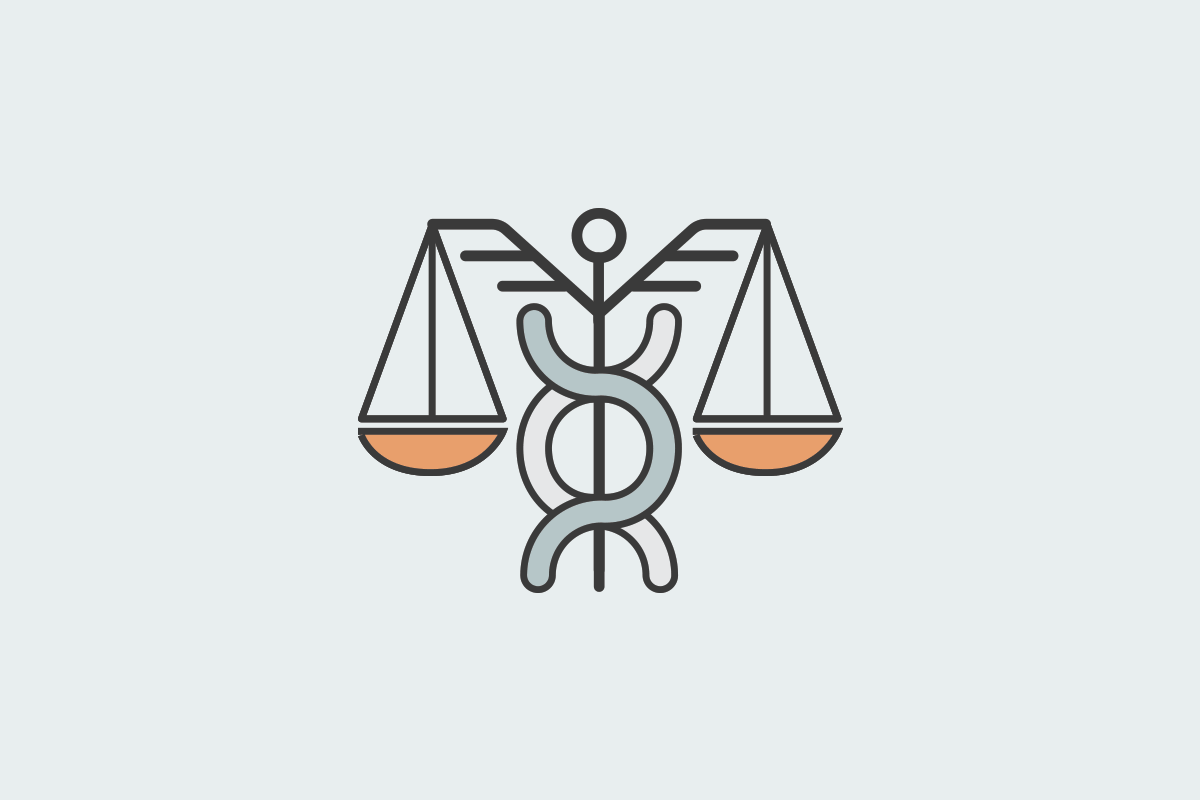During the COVID-19 pandemic, people spent a lot of time isolated and indoors, which helped foster an environment where some people now feel lonelier than ever. The result is a loss of social connectedness—the degree to which people feel the social connections and relationships in their lives to satisfy their wants and needs. When social…
Your Welcoa membership has expired.
The AARP v. EEOC Case and GINA
The following article does NOT constitute legal advice and should not be used as such. It is for educational purposes only. Readers should retain legal counsel to obtain definitive answers.
Even though the AARP v. EEOC case rejected the incentive limits under both the Americans with Disabilities Act (ADA) and the Genetic Information Nondiscrimination Act (GINA), discussions regarding the impact of the case have focused primarily on the ADA. The ADA addresses the collection of employee health information by employers, whereas GINA addresses collection of health information of an employee’s family members. Recall that collecting the health information of an employee’s family member, whether it is a spouse or child, constitutes “genetic information.” One definition of genetic information under GINA is the manifestation of disease or disorder in family members. 29 CFR § 1635.3(c).
Many employers include family members, particularly spouses, in workplace wellness programs. According to a 2012 HERO report, three-fourths of employers that offer both health assessments and lifestyle management programs include spouses in those programs. Employers may also include employees’ children in a workplace wellness program.
The final GINA rules drafted in May 2016 permitted employers to incentivize employee spouses to participate in a wellness screening. That incentive safe harbor is 30% of the total cost of self-only coverage. However, like the 30% safe harbor under the ADA, the 30% safe harbor under GINA is also going away as of January 1, 2019.
What does this mean for workplace wellness programs that want to involve family members? You still can! The catch is that you may not incentivize an employee’s family members to participate in a wellness screening activity.
So, going forward, employers that wish to involve an employee’s family members in workplace wellness programs may do so, but they should avoid tying any reward for their participation if that program includes a screening component.
It is also probably risky to incentivize employee family members to participate in other non-screening activities, such as fitness or nutrition programs if participation in those non-screening activities is conditioned on first completing a health screening. Even though the incentive is not directly tied to the wellness screening activity, which falls within GINA’s purview, family members may not earn an incentive without first disclosing their health information, which as stated above, constitutes genetic information. Without an incentive safe harbor as of January 1, 2019, any incentive could be interpreted as making the disclosure of family health information involuntary. Indeed, the EEOC suggests in the preamble to the GINA final rule that any inducement in exchange for information about the manifestation of any disease or disorder in a child would not be on a voluntary basis. 81 Fed. Reg. 31143, 31147 (May 17, 2016). Despite this warning against incentivizing an employee’s children, the EEOC’s position has always been that workplace wellness programs may involve an employee’s family members. Id.
As noted in last month’s blog post, the EEOC has outlined three possible options on how it might respond to the elimination of the incentive rules by the court in the AARP case. First, it may issue new rules. Second, it may decide against issuing new rules and leave the rules as they are, without the incentive safe harbor. Third, it might take a “wait-and-see” approach, choosing to study the issue further or await the resolution of potential appellate proceedings. AARP v. EEOC, 16-cv-2113, dkt. #56, at 7 (Jan. 18, 2018). As of the date of this blog post in mid-March 2018, the EEOC has provided no additional information about its plans.
So, going forward, employers that wish to involve an employee’s family members in workplace wellness programs may do so, but they should avoid tying any reward for their participation if that program includes a screening component. It would also be a good idea to work with expert wellness compliance professionals to ensure that the program does not inadvertently run afoul of any other wellness law requirements.

Barbara J. Zabawa
President of the Center for Health and Wellness Law, LLC
wellnesslaw.com




